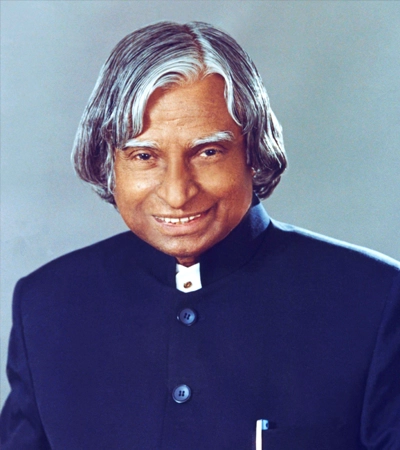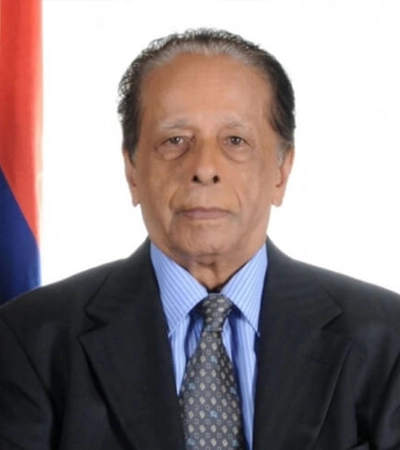
Pre-Descemet’s endothelial keratoplasty
- Home
- Treatments
- Pre-Descemet’s endothelial keratoplasty
Schedule
Your Appointment
What is PDEK?
Understanding About
Pre-Descemet’s endothelial keratoplasty (PDEK) is a surgical technique used for corneal transplantation. It involves transplanting the innermost two layers of the cornea, along with a newly discovered layer called Dua’s layer, from a donor to a recipient.
This procedure aims to replace dysfunctional endothelium, which is responsible for pumping water out of the cornea to maintain transparency. PDEK is particularly effective in treating conditions like bullous keratopathy, where the cornea becomes swollen and damaged due to endothelial dysfunction. Compared to traditional whole cornea transplantation, PDEK offers the advantage of a thinner graft, resulting in better visual outcomes.
Prof. Amar Agarwal and Prof. Harminder Dua were pioneers in introducing and demonstrating the significance of Pre-Descemet’s layer in corneal transplantation through PDEK surgery. They highlighted the importance of using young donor corneas for better clarity and visual outcomes in PDEK procedures.
Symptoms
Treatments
Precautions
Symptoms
- Visual impairment due to corneal swelling and damage from endothelial dysfunction.
- Loss of vision from decompensated cornea, like pseudophakic bullous keratopathy.
- Corneal opacity affecting vision.
- Postoperative inflammation, managed with steroids and antibiotics.
- Potential complications like graft detachment.
- Challenges with bubble formation during surgery.
- Follow-up visits for monitoring success and rehabilitation.
- Reduced rejection risk compared to whole corneal transplantation.
- Early visual recovery and fewer suture-related issues.
Treatments
- Graft preparation: Obtaining the donor corneoscleral rim and dissecting the PDEK graft, which includes the pre Descemet’s layer (PDL), Descemet’s membrane (DM), and endothelium.
- Surgery setup: Performing the procedure in a sterile operating theater environment.
- Recipient bed preparation: Removing the patient’s Descemet’s membrane and endothelium, typically using a reverse Sinskey hook.
- Graft insertion: Placing the dissected PDEK graft into an injector and injecting it into the anterior chamber of the patient’s eye, ensuring proper orientation.
- Attachment and closure: Attaching the graft to the host stroma pneumatically and closing the wound with sutures.
- Postoperative care: Administering topical steroids and antibiotics for one month, monitoring intraocular pressure, and scheduling follow-up visits for assessment.
- Additional procedures: PDEK can be combined with other techniques such as glued intraocular lens (IOL) implantation for patients with existing corneal decompensation and lens issues.
Precautions
- Careful donor selection to ensure viability.
- Surgical expertise for safe and effective procedure.
- Close postoperative monitoring for prompt complication management.
- Ensuring correct graft orientation during transplantation.
- Managing intraoperative air bubbles to prevent complications.
- Promptly addressing postoperative complications like graft detachment or corneal edema.
Types of PDEK
Different Types of
Before the Surgery
During the Surgery
After the Surgery
Before the Surgery
- Donor graft preparation: A corneoscleral button from a deceased donor is meticulously prepared and stored until surgery.
- Patient consent and anesthesia: Informed consent is obtained, and local anesthesia is administered for comfort.
- Surgical setup: The procedure is conducted in a sterile operating theatre with all necessary instruments ready.
- Corneal preparation: The patient’s Descemet’s membrane and endothelium are mechanically removed.
- Graft placement: The prepared PDEK graft is inserted into an injector and placed in the eye, maintaining its orientation.
- Attachment and closure: The graft is unfolded, attached to the host stroma, and the wound is closed with sutures.
- Postoperative care: Patients receive medications and follow-up visits to monitor recovery and manage complications.
During the Surgery
- Graft Preparation: The PDEK graft is obtained from a dissected corneoscleral button taken from a deceased donor. The graft is meticulously dissected and stained with a dye for better visualization.
- Patient Preparation: After obtaining informed consent, local anesthesia is administered to the patient.
- Recipient Bed Preparation: An anterior chamber entry is made, and Descemet’s membrane along with the endothelium is removed from the patient’s cornea using a reverse Sinskey hook.
- Graft Insertion: The prepared PDEK graft, preserved in a storage medium, is placed in an injector and inserted into the anterior chamber of the patient’s eye. The orientation of the graft is confirmed, and it is unfolded under saline.
- Graft Attachment: The graft is attached to the overlying host stroma pneumatically, and air fluid pressure is maintained inside the chamber for a specified duration.
- Wound Closure: The wound is closed with sutures, and subconjunctival antibiotic steroid injection may be given.
After the Surgery
- Topical steroids and antibiotics for a month to prevent infection.
- Low-dose steroids for a year to manage inflammation, along with lubricating eye drops.
- Regular monitoring of intraocular pressure and follow-up visits.
- Possible anterior segment optical coherence tomography for evaluation.
- Benefits include early visual recovery, fewer complications, and minimal endothelial cell loss.
- Potential complications like bubble-related issues and graft detachment are addressed promptly.
Our Doctors

Dr. Kasu Prasad Reddy
M.B, D.O, MRCOphthCheif Cataract & Refractive Surgeon
Somajiguda
,
Telangana

Dr. P. Muralidhar Rao
MBBS, M.S, FIVRSr. Vitreo Retinal Surgeon
Somajiguda
,
Telangana


Dr. Anitha C Kamarthy
MBBS, M.SSr. Cataract & Glaucoma Surgeon
Somajiguda
,
Telangana

Dr. B M Anil Kumar
MBBS, D.O, FLVPEI, MBASr. Glaucoma Consultant
Somajiguda
,
Telangana

Dr. Vamshidhar
MBBS, DNB, FICO ( UK)Sr. Cataract & Refractive Surgeon
Somajiguda
,
Telangana
PDEK FAQS
How is the penetrating keratoplasty surgery performed?
The penetrating keratoplasty surgery is usually performed under local anesthesia. Through a small corneal incision (opening), the endothelium is removed from the patient’s eye and a disc of donor endothelium is inserted in the patient’s eye which is placed in position with the help of an air bubble.
A few stitches may be taken which will be removed 3-4 weeks after the surgery. Once keratoplasty surgery is over, the patient needs to lie down flat for a few hours for proper attachment of the graft. The air bubble usually gets absorbed in 48 hours but may take longer.
What is corneal graft rejection?
The donor eye is genetically different from the patient’s body, due to which the patient’s body tries to fight against it. This is called corneal graft rejection.
What are the symptoms of corneal graft rejection?
Redness, Sensitivity to light, Vision drop, Pain (RSVP). Along with sticky discharge and foreign body sensation.
Report to your Ophthalmologist as soon as possible if any of the above symptoms show up post-surgery.
What is graft failure?
When the corneal graft rejection has not been promptly treated or does not respond to anti- rejection medication, graft failure has occurred. The only way of managing graft failure is by replacing the graft. In addition, there are three types of graft rejection: acute, hyperacute, and chronic rejection.
What are the risk factors for rejection?
Vascularisation over the cornea, Pre-existing inflammation, Corneal transplant done more than 2 times, Pre-existing glaucoma.
Our Visitors
Eye-Conic Encounters
at Our Hospital


















